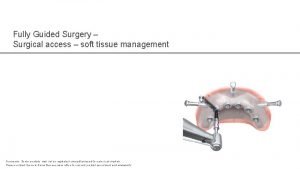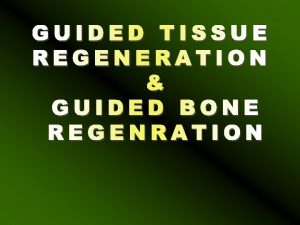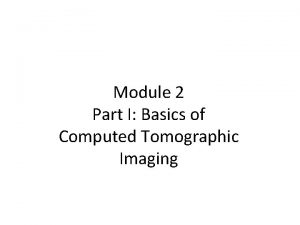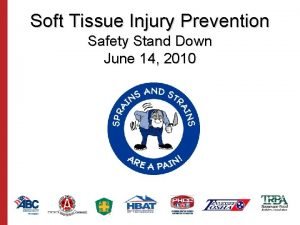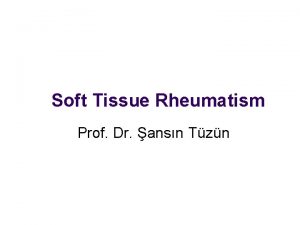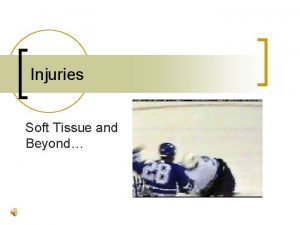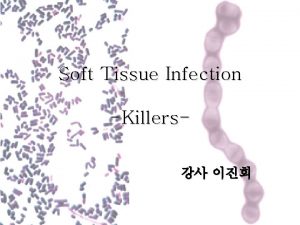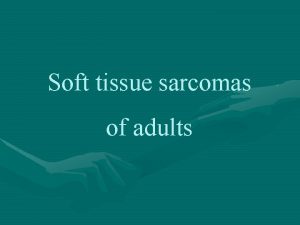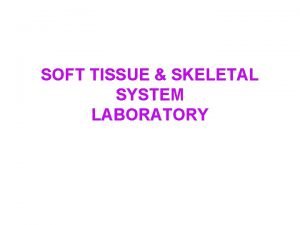Fully Guided Surgery Surgical access soft tissue management










- Slides: 10

Fully Guided Surgery – Surgical access – soft tissue management Disclaimer: Some products may not be regulatory cleared/released for sale in all markets. Please contact the local Nobel Biocare sales office for current product assortment and availability.

Surgical access – soft tissue management The Nobel. Guide concept supports flap, mini – flap and flapless procedures. Flapless procedures are aided by a guided soft tissue punch. Based on the actual case, the clinician is advised to choose the preferred option at the planning stage. Thorough clinical diagnostics and inspection is needed prior to planning – for instance to diagnose the availability of keratinized mucosa around the prospective implant sites. Notes: • The combination of tissue grafting and immediate function is not recommended • If simultaneous bone augmentation is performed, submerged healing is indicated until sufficient osseointegration has taken place

Flapless The flapless procedure is the most straight forward procedure. The surgical template can remain at its initially installed position without the need to detach and re – position it again. This procedure is indicated for surgeons starting with the system, however punching of soft tissue must be clinically indicated (i. e. esthetics).

Soft tissue punch If soft tissue punching is applied, its effect is maximized when used at the beginning of the procedure (non – penetrated mucosa). This generates clean surgical cuts with controlled cut margins following the dimensions of the punch. Note: Using a punch at the end of the implant installation procedure may not allow for removal of small soft tissue remnants and may complicate prosthetic abutment connection.

Mini – flaps and flaps • Prior to any manipulation of the soft tissue, securely position surgical template using surgical index to confirm position • Check for the correct initial positioning of the surgical template • Drill and place anchor pins. Use an in-and-out drilling motion with copious irrigation Maximum speed 800 rpm

Mark implant positions • Mark intended implant positions through the installed template by gently stamping the contour of the entry point of the implant • Use gentle force onto the soft tissue using soft tissue punch

Perform incision with scalpel • Remove the anchor pins and the surgical template • Perform the incision, respecting the position of the implants (the shown flap design is for illustration only)

Elevate flap Perform sub – periosteal preparation and mobilization using a raspatory

Modify surgical template • Slightly modify the base of the surgical template by relieving as much material as needed • After grinding, rinse with sterile physiologic liquid (saline) to remove any small particles Note: Design the radiographic guide with adequate thickness at these sites to leave enough material strength so that grinding can be performed

Reposition surgical template Reposition the surgical template using the surgical index and the exact same site prepared for the anchor pins Note: Anchor pins may also be planned in order to assist retracting a flap. Also the flanges of the surgical template itself may be used to retain a flap
